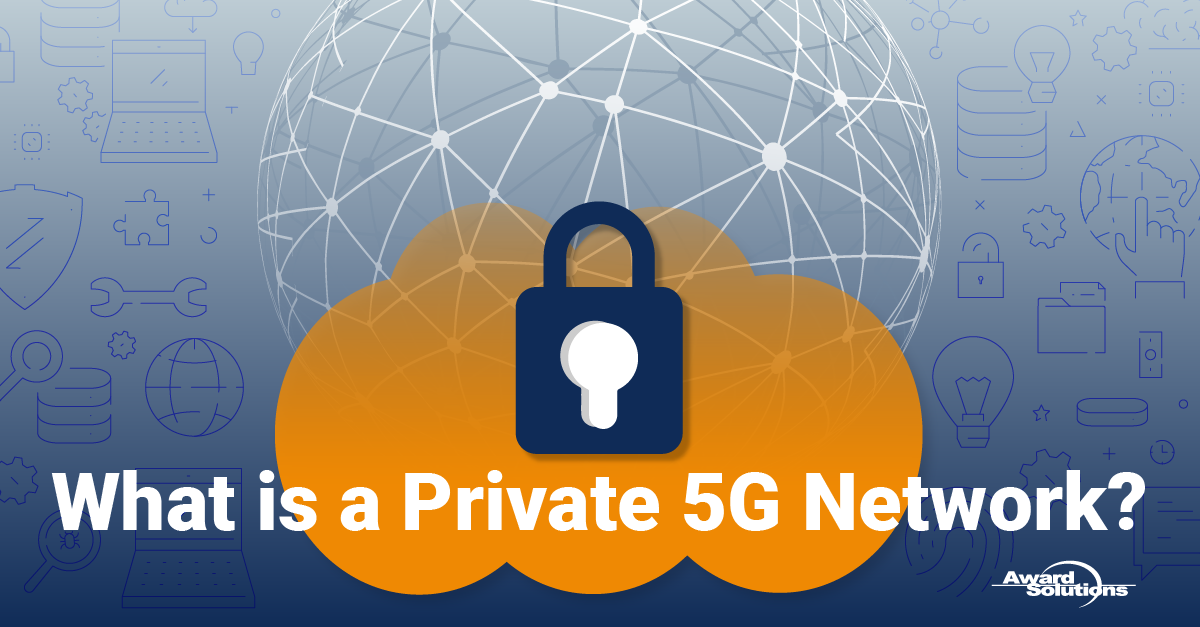 Private Networks are dedicated, secured wireless networks deployed for private use. They differ from public networks primarily in access rights and security measures. Their security measures are not too dissimilar from their public counterparts in terms of hardware, technology, or infrastructure.
Private Networks are dedicated, secured wireless networks deployed for private use. They differ from public networks primarily in access rights and security measures. Their security measures are not too dissimilar from their public counterparts in terms of hardware, technology, or infrastructure.
Private 5G Networks are private networks based on the fifth generation of cellular networks (5G). Unlike legacy cellular technologies (4G LTE), which catered primarily to voice and mobile broadband data (MBB) services, 5G has been designed from the ground up to support ultra-reliable low latency communication (URLLC) and massive machine type communication (mMTC) in addition to significantly enhancing the traditional mobile broadband (eMBB) capabilities. These capabilities will enable a new family of usage scenarios like Smart Cities and Industry Verticals like Healthcare, Industrial IoT, Connected Vehicles, and Telematics to name a few.
Key drivers causing the industry to embrace private 5G networks include:
- Security and privacy: For example, industries looking to implement or enforce their own security policies to authorize users, prioritize data traffic to ensure sensitive data does not move out of premises, and maintain data privacy.
- Coverage and capacity: For example, remotely located industrial sites out of the coverage of commercial public networks (and no incentive to deploy one), or industrial complexes and warehouses with poor indoor coverage, that are looking to regular network availability for industrial applications while having control over data and user policies.
- Performance and reliability: For example, specialized industrial or healthcare applications with extreme QoS and reliability requirements (5 9s or better) that cannot be handled with general QoS provisions over public networks.
- Operational flexibility and integration with legacy systems: Some enterprises require flexibility in choosing an operational model that suits their needs and ability to integrate their IT infrastructure at their own pace and minimize operational and maintenance complexity.
3GPP, the standardization body that develops the specifications for cellular networks, has come up with a set of specifications to specifically address these needs for Private Networks in Enterprise settings – referring to these networks as Non-Public Networks (NPN). 3GPP Release 17 provides both architectural and operational details for deploying NPNs in two different forms to address a wide variety of deployment scenarios as shown in the figure.

- Standalone NPN (SNPN): As the name suggests, the private network in this mode does not rely on the support from public wireless networks and can be deployed independently of any public wireless network. Example deployments are mining, offshore drilling, and shipyards.
- Public Network Integrated NPN (PNI-NPN): In this mode, the private network is deployed with the support from a public wireless network to offload some functionality/responsibilities for cost-effective deployments. Example deployments could be factory automation, warehouse inventory management, healthcare, etc.
The support for eMBB, URLLC, and mMTC usage scenarios in 5G along with advances in virtualization for wireless networks, the possibilities of cloud infrastructure at the edge of the network - even to the customer’s premise – as well as advances in AI/ML and data analytics, truly bring together a powerful set of enablers for the success of Private 5G Networks.
About Neerav Dalal
Neerav Dalal helps enhance and expand technology skillsets. As VP of Networks at Award Solutions, Neerav works with the world’s best networks to build skills in preparation for 5G success. Neerav brings both a depth and breadth of knowledge in telecom, having trained key thought leaders and countless individuals on technologies impacting wireless. He has been featured at the world’s largest industry conferences. His expertise spans many areas in 5G, including 5G New Radio, 5G Core Network, MEC, Network Slicing, and Virtualization.
Neerav received his master’s in computer science from Michigan State University and an MBA in Telecommunications from the University of Dallas and has taught graduate and undergraduate courses at the University of Texas, the University of Texas at Dallas, and Michigan State University.
When he’s not teaching today’s technology leaders, Neerav enjoys travel, meditation, music, and playing the tabla, an Indian classical percussion instrument.
About Award Solutions, Inc.
Award Solutions is the trusted training partner to the world's best networks. We help companies tackle new technologies by equipping their teams with knowledge and skills. Award Solutions invests heavily in technology, research, engineering, and labs to ensure our customers make the most of their resource and network investments.
Award’s expertise extends across many technologies including 5G/LTE Access 5G/4G Core, VoNR/VoLTE, Transport Networks, Telco Cloud, Virtualization and Orchestration, Data Automation, and more.
Credit: Rakesh Taori
